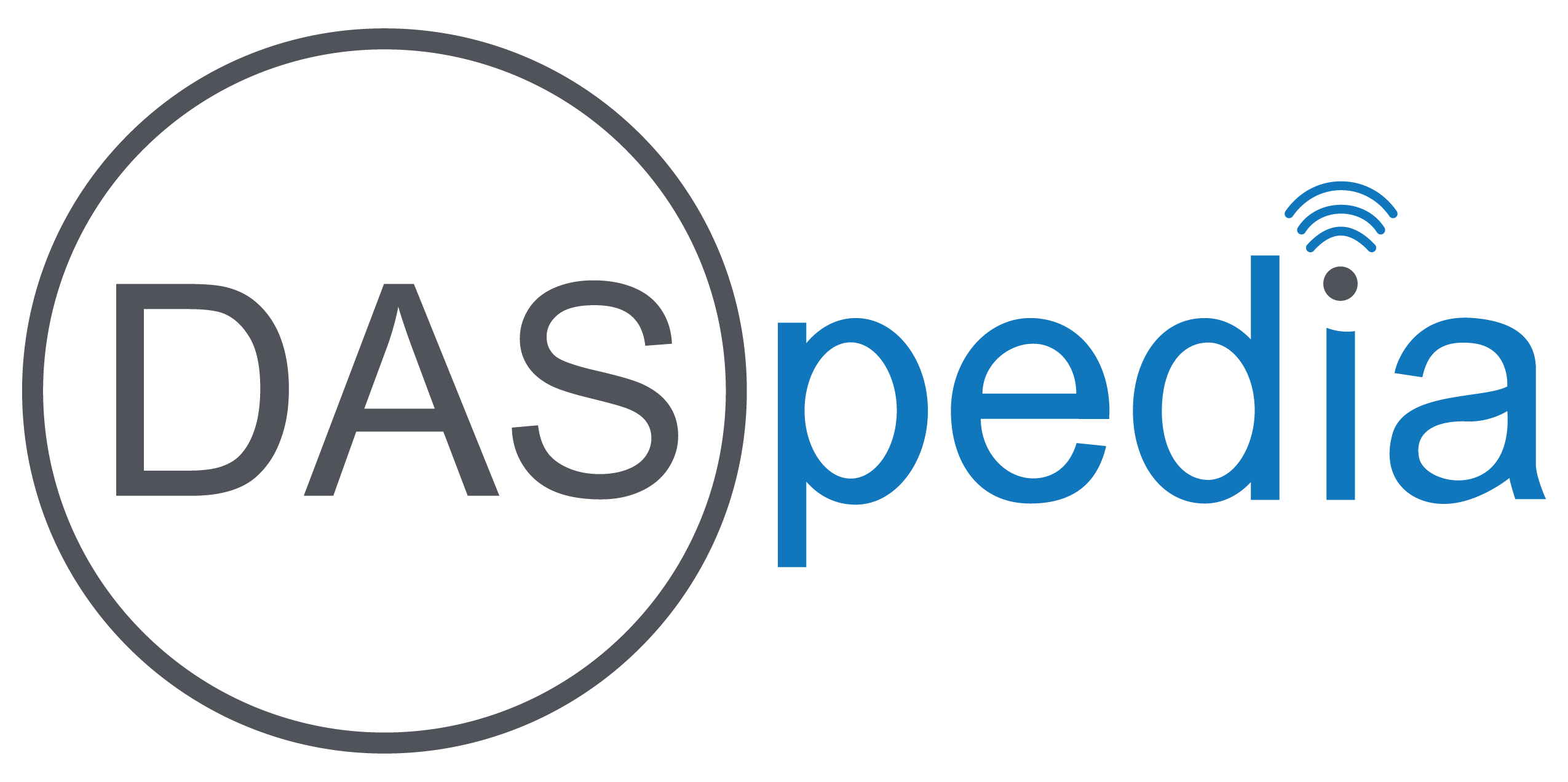A major new international research programme is responding to the overwhelming demand of internet traffic to develop ubiquitous wireless data coverage with unprecedented speed at millimetre waves.
For the first time in the Internet’s history, the data used by tablets and smartphones now exceeds that of desktops. Emerging technologies and entertainment such as telemedicine, Internet of Things (IoT), 4K video streaming, cloud gaming, social networks, driverless cars, augmented reality and many other unpredictable applications will need zettabyte (1,000 billions of billions) of wireless data.
Smartphones will continue to work at microwave frequencies for many years because of microwaves’ ability to pass through barriers. Though due to limitations to the amount of data that can be transmitted by microwaves, the only way to provide data with very fast download speeds is through covering urban areas with dense grids of micro, nano and pico ‘cells’, at microwave frequencies to serve a small number of users per cell.
However, manufacturers and operators have not yet solved how to feed a huge amount of data to a new maze of cells. Fibre is too expensive and difficult, if not impossible, to deploy in many urban areas, due city council permits or disruption.
A desirable solution is a wireless layer that can provide data at the level of tens of gigabit per second per kilometre square. It also needs to be flexible and come at a low cost.
Only the millimetre wave frequencies, 30–300 GHz, with their multi GHz bandwidths, could support tens of gigabit per second of wireless data rate. Unfortunately, rain can weaken or block data transmission and other technological limits have so far prevented the full exploitation of this portion of the spectrum.
The €2.9million European Union’s Horizon 2020 ULTRAWAVE project, led by engineers at Lancaster University, aims, for the first time, to build technologies able to exploit the whole millimetre wave spectrum beyond 100 GHz.
The ULTRAWAVE concept is to create an ultra-capacity layer, aiming to achieve the 100 gigabit of data per second threshold, which is also flexible and easy to deploy. This layer will be able to feed data to hundreds of small and pico cells, regardless of the density of mobile devices in each cell. This would open scenarios for new network paradigms and architectures towards fully implementing 5G.
The ULTRAWAVE ultra capacity layer requires significant transmission power to cover wide areas overcoming the high attenuation at millimetre waves. This will be achieved by the convergence of three main technologies, vacuum electronics, solid-state electronics and photonics, in a unique wireless system, enabled by transmission power at multi Watt level. These power levels can only be generated through novel millimetre wave traveling wave tubes.
Professor Claudio Paoloni, Head of Engineering Department at Lancaster University and Coordinator of ULTRAWAVE, said: “When speeds of wireless networks equal fibre, billions of new rapid connections will help 5G become a reality. It is exciting to think that the EU Horizon 2020 ULTRAWAVE project could be a major milestone towards solving one of the main obstacles to future 5G networks, which is the ubiquitous wireless distribution of fibre-level high data rates.
“The huge growth in mobile devices and wireless data usage is putting an incredible strain on our existing wireless communication networks. Imagine crowded areas, such as London’s Oxford Street, with tens of thousands of smartphone users per kilometre that wish to create, and receive content, with unlimited speed. To meet this demand, ULTRAWAVE will create European state of the art technologies for the new generation of wireless networks.”
The ULTRAWAVE consortium includes five top Academic institutions and three high technology SMEs in millimetre wave and wireless technology, from five European countries: Lancaster University in UK, Fibernova and Universitat Politecnica de Valencia in Spain, Ferdinand Braun Institute, Goethe University of Frankfurt and HF Systems GmbH & Co. KG in Germany, OMMIC in France and University of Rome Tor Vergata in Italy.
The ULTRAWAVE project started on the 1st September 2017 and will be presented to the public by the Kickoff Workshop at Lancaster University on the 14th September 2017.
More information is available by visiting www.ultrawave2020.eu
Story source: Materials provided by Lancaster University
